Impulse Purchases:
the Holy Grail of online sales
Have you ever considered how your impulse could be running your life? Have you ever received a package and forgotten you ordered it? We live in a world of immediate gratification: we order food, groceries, clothes, medicine… whatever we need, we order and we even have strict acceptance policies on how long delivery should take: sometimes 30 minutes or less, sometimes overnight, and even on demand – so when we put effort into our marketing channels, we expect those efforts to pay off quickly. We expect immediate sales to satisfy our impulses.
We expect to write a blog on Tuesday and have it making money for us by Wednesday, right? Sadly, it doesn’t always work that way, but sometimes it does! Here’s how we can harness the power of impulse shopping.If you have been providing consistently good content, building your credibility and nurturing your followers, all it takes is one blog post kissed by the Gods and you are suddenly seeing sales like you never imagined. But for most of us, our content is good, people are visiting the site, we’ve built up interest, but not one of those lovely visitors hits the final purchase button. Why God? Why?
That’s the sweet spot we’re talking about today: What can you do to trigger an impulse purchase?
1. Set Time Limits.
There’s nothing quite like a limited sale to generate an impulse buy. Something about being the one left behind makes the blood boil. Remember when you were a child and you had to go to bed while others got to stay up? It was torture, right? Nobody likes getting left behind, so putting a sense of urgency on an offer, makes people more likely to buy.

Image courtesy of Zappos.com
On a similar note, limited supplies also freak us out. As someone who lives in Florida, I can tell you there is nothing like the mad rush to get gas when a hurricane is barreling down on us. We stand in line (and I mean stand because you have to turn off the engine to save the gas you have) for hours to get whatever gas is available. If you’ve ever been through a hurricane, you’ll know that there are not many places to go once the storm hits, so unless you are getting gas days ahead of the storm, when the lines are short, you don’t really need gas! But now that it’s in limited supply we want it! All logic will fly out the window and panic can ensue if everyone else is doing it! If you can tell your audience an actual number of spots or items that are left, they are much more likely to jump to purchase.
2. Discounts and bundles
Have you ever picked something up in the supermarket because it was 10 for $10? You’re getting a deal, right? So you buy ten and stockpile them. It’s a trick – most of the time, the item is also 1 for $1, but by bundling them into a package, you feel good and buy more. Even when you had no intention of buying it in the first place. What’s an impulse if it isn’t buying something you don’t need without thinking twice? If something is 30% off, you’re more likely to buy, so some stores list things at 30% off, even though they never had the item for sale at full price.
If something is 30% off, you’re more likely to buy, so some stores list things at 30% off, even though they never had the item for sale at full price. Think BOGO! Buy one Snuggie for you, get one free for your husband! What is there to lose (besides a marriage)? If we think we’re getting a deal, we are more likely to buy.
3. Sex
“What a man can be, he must be. This need we call self-actualization.” – Abraham Maslow
According to Maslow’s Hierarchy of Needs, there are certain things that we humans need for survival. At the bottom of the pyramid are the most important things, such as food, water and shelter and SEX. We are hard-wired to be attracted to sex because the human race depends upon it. Sex sells for that very reason. Whenever we see a half-dressed model (male or female) we are instantly attracted to the image. It sparks heavy emotion (jealousy, desire) that is tied to motivation. Sexy images or content make us purchase, whether it is a bikini so we can look just like that model or, in my case, a bag of chips to push down the feeling of envy!
RELATED: EVERY WRITER SHOULD BE IN A MASTERMIND GROUP THEY LOVE.
4. Love/ Acceptance
“A tribe is a group of people connected to one another, connected to a leader, and connected to an idea. For millions of years, human beings have been part of one tribe or another. A group needs only two things to be a tribe: a shared interest and a way to communicate.” ― Seth Godin, Tribes: We Need You to Lead Us
In the same vein as the previous impulse trigger, love and acceptance are heavy drivers. We all want to belong to a tribe, to be accepted by a group. When your product or service promises to give the buyer a tribe, or a trusted partner who will help and listen and nurture the relationship, people will buy. That’s why we buy into trends after all! I mean, we didn’t honestly think that velour sweatpants were attractive, did we?

This plays out currently in private Facebook Groups and the feeling that you need to join them all. But words are not enough. Before you can sell the concept of belonging to a customer, you have to gain their trust. And that’s where you might use our final trigger…
5. Free trial
“Tim Ferris has a book club. I trust Tim Ferris, so I buy the books he recommends. The power of trust boosts sales. Simple and true.”― Rebecca Batisto, CMO on Demand
We won’t buy on impulse from people we don’t trust. We resent purchasing anything at all from someone we don’t like. So you need your audience to trust you. And online that can take time. Without knowing you they might buy once if the price is right, but they will buy time and again, even if they aren’t completely satisfied (seriously!) if they trust you. They will even share with others and help you grow your business if they completely trust you. They will even buy from people you recommend if they have faith in you!
One way to gain confidence from a customer is to give them something for free. Let them try your product or give them a different product. But it has to be completely free with no strings attached. Don’t ask for a credit card up front! To me, that says “I don’t think my product is good enough that you will come back.” So, I never go along with that deal. I would leave my name and email address, but that’s far enough.
[ctt title=”Don’t ask for a credit card up front! To me that says I don’t think my product is good enough that you will come back. So, I never go along with that deal.” tweet=”‘Don’t ask for a credit card up front! To me that says I don’t think my product is good enough that you will come back. So, I never go along with that deal.’ https://ctt.ec/mbZd8+ #contentstrategy” coverup=”mbZd8″]
Now that you have a name and email address, you can follow up to get feedback, to encourage them to buy and to ask (very kindly) if they would be interested in trying a different product and giving you feedback. By asking them this, you are inviting them to become part of your tribe and now they feel like they have a direct investment in your success. Now that’s a true sweet spot!


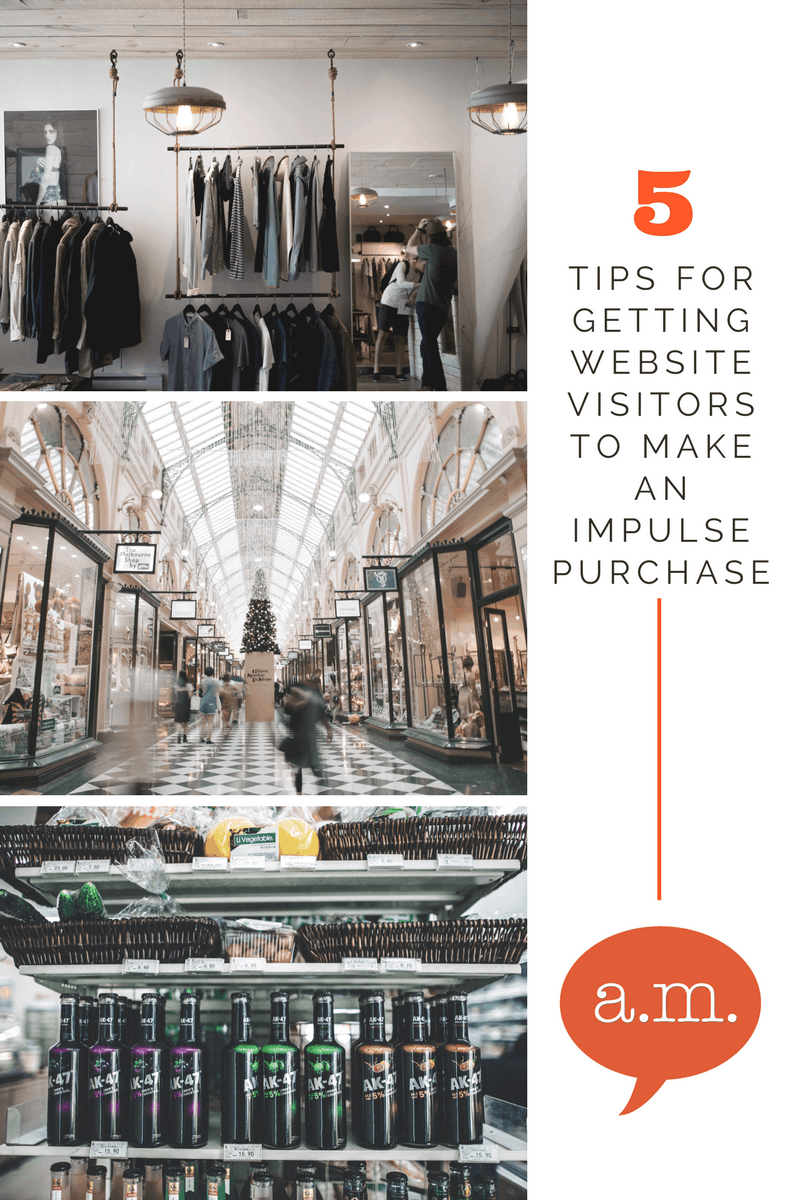
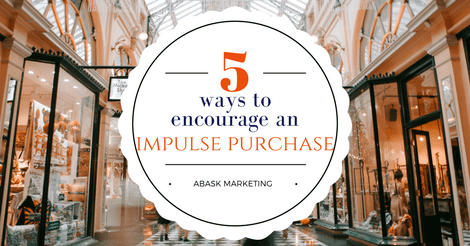
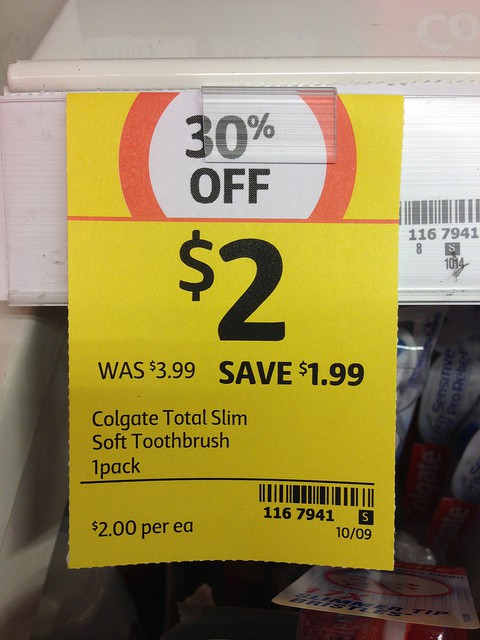
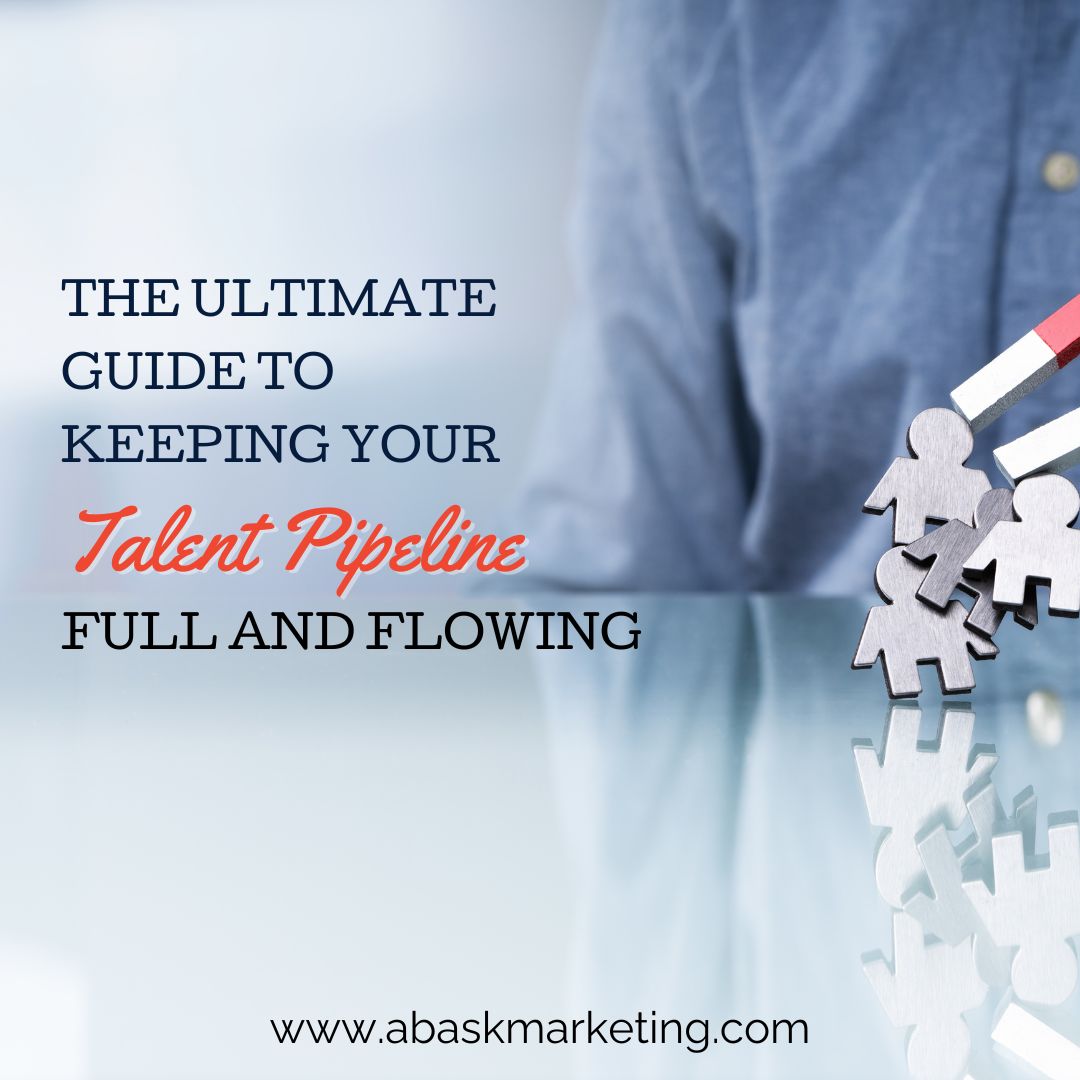
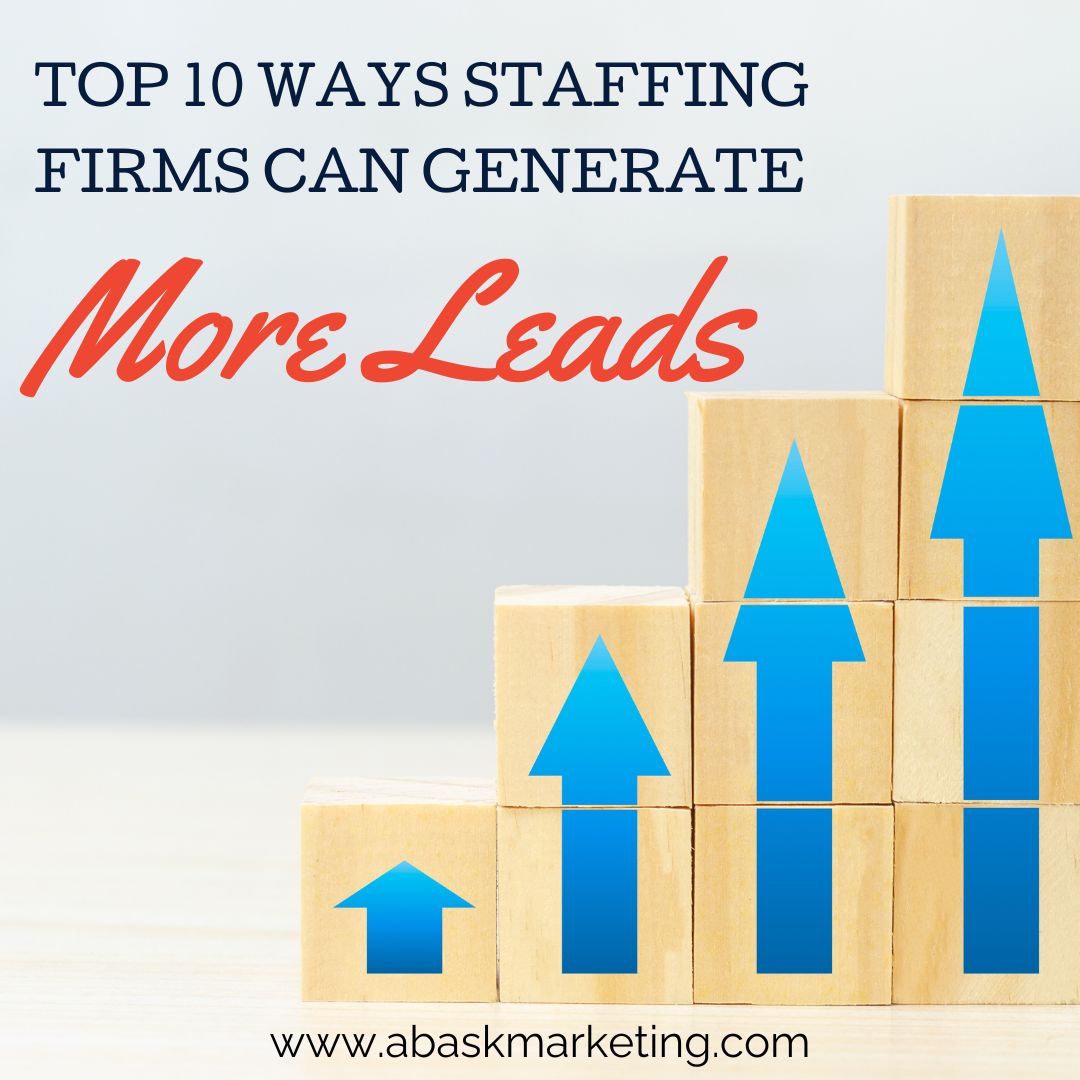

0 Comments